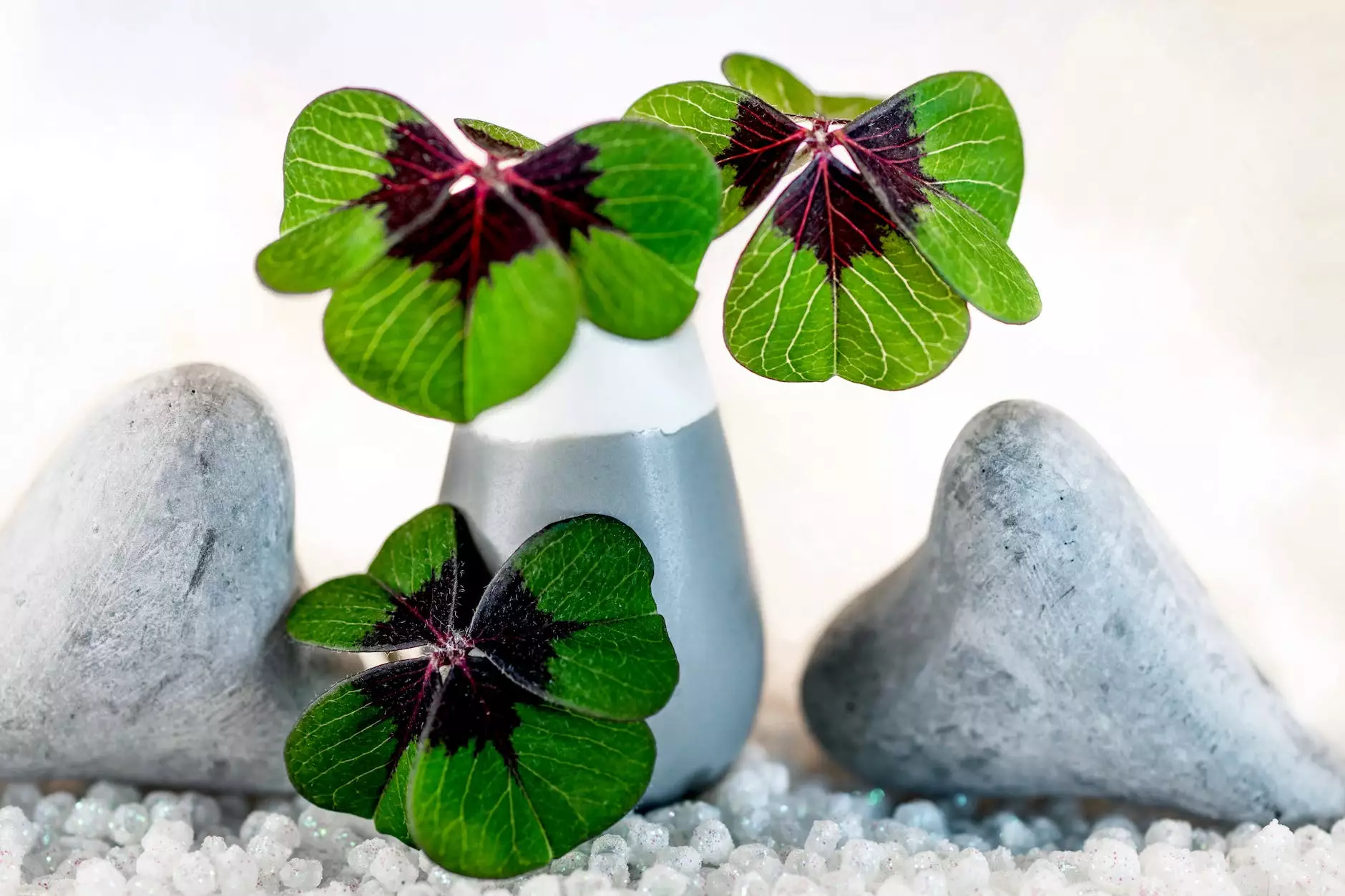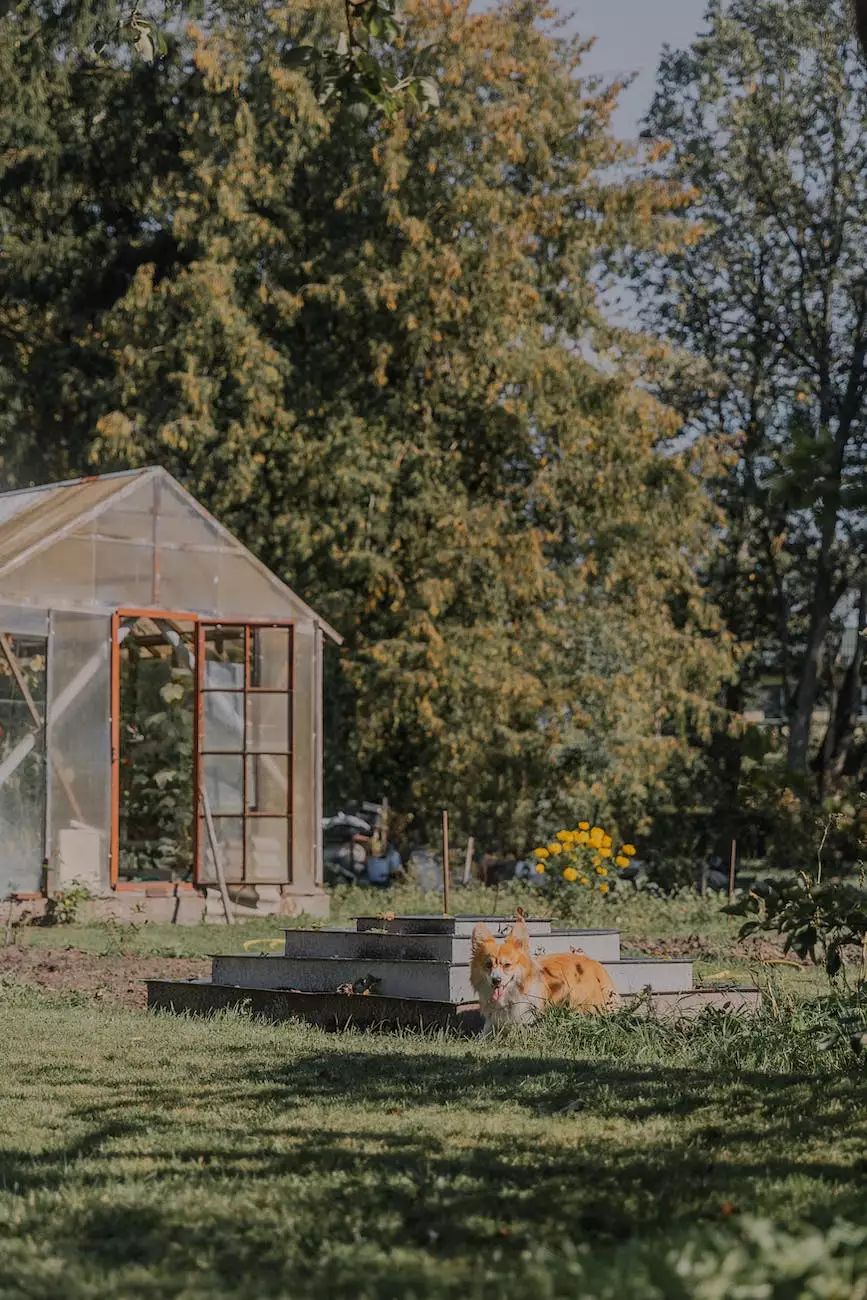Fall Transplanting Tips for Trees, Shrubs, and More!

Introduction
Welcome to Cutting Hedge Services, your go-to resource for expert landscaping advice. In this article, we will provide you with comprehensive fall transplanting tips for trees, shrubs, and other plants. Transplanting in the fall is a crucial stage in ensuring their success and overall health. Let's dive into the details!
Why Fall Transplanting?
Fall is an ideal time to transplant trees, shrubs, and other plants due to the favorable weather conditions and natural growth patterns. During this season, the soil remains warm, allowing roots to establish before winter arrives. Cooler temperatures also reduce stress on the transplanted plants, resulting in a higher survival rate.
Choosing the Right Plants
When selecting plants for fall transplanting, it's essential to consider their adaptability to the local climate. Look for varieties that are known to thrive in your region. Native species often have a higher chance of success since they are already well-adapted to the local conditions. Also, consider the size and growth habits of the plants to ensure they fit well in their new location.
Preparing for Transplanting
Before starting the actual transplanting process, proper preparation is key:
- Watering: Ensure plants are well-hydrated in the weeks leading up to the transplant. This helps minimize stress and promotes healthy root growth.
- Pruning: Trim back any damaged or overgrown branches to encourage new growth and maintain a balanced shape.
- Inspecting the Roots: Evaluate the root system of the plant, looking for any signs of disease or damage. Remove any circling or encircling roots to prevent future issues.
- Choosing the Right Location: Identify the new planting location, considering factors such as sunlight exposure, soil composition, and drainage.
Transplanting Process
Follow these steps to ensure a successful transplant:
- Preparing the Hole: Dig a hole that is wider and slightly shallower than the root ball, allowing room for the roots to expand.
- Removing the Plant: Carefully dig around the plant's root system, aiming to keep as much of the root ball intact as possible.
- Transplanting: Gently place the plant in the prepared hole, making sure it is level with its previous planting depth. Backfill the hole with soil, firming it gently around the roots.
- Watering: After transplanting, thoroughly water the plant to help settle the soil and eliminate any air pockets.
- Mulching: Apply a layer of organic mulch around the base of the plant, leaving a small space near the trunk or stem to prevent moisture buildup.
Caring for Transplanted Plants
Proper care after transplanting is vital for the long-term health of your plants:
- Watering: Monitor soil moisture levels and provide adequate water as needed. Keep in mind that newly transplanted plants require more frequent watering until they establish new roots.
- Fertilizing: Avoid fertilizing immediately after transplanting. Wait until the following spring to apply a slow-release fertilizer, following the manufacturer's instructions.
- Protecting from Frost: As winter approaches, consider using a protective covering or mulch to shield plants from frost and temperature fluctuations.
- Pruning: Limit pruning to damaged or diseased branches during the first year after transplanting to allow the plant to focus on root development.
Conclusion
By following these fall transplanting tips, you'll give your trees, shrubs, and other plants the best chance to thrive in their new location. Remember, proper preparation, careful transplanting, and post-transplant care are essential for their successful establishment. If you need any further assistance or have specific questions related to fall transplanting, don't hesitate to reach out to Cutting Hedge Services. Happy transplanting!










